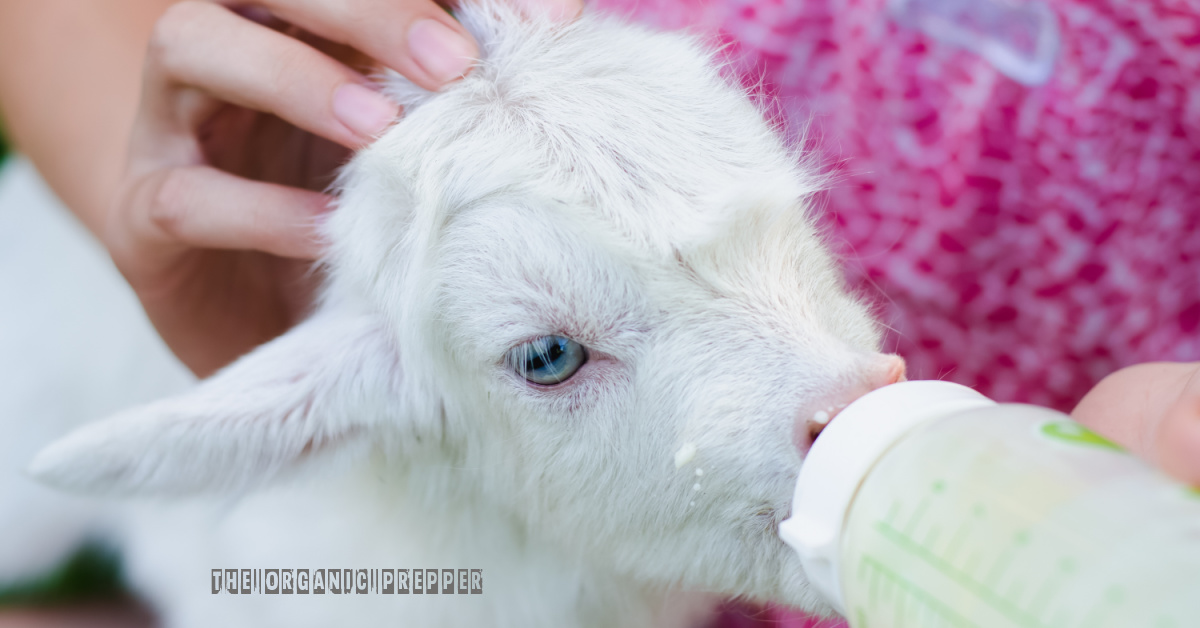If you’re new here, you may want to subscribe to my RSS feed. Thanks for visiting!
(Psst: The FTC wants me to remind you that this website contains affiliate links. That means if you make a purchase from a link you click on, I might receive a small commission. This does not increase the price you’ll pay for that item nor does it decrease the awesomeness of the item. ~ Daisy)
In my local area, I have noted the number of people who have started gardens (one family even ripped out their entire front lawn) or have small, medium, or even large livestock. While I do not know if they are doing it as a means to stretch their budget or as a concern of food security, they are making an investment.
I myself have invested in small, medium, and large livestock. In the winter, I have to take them water and hay. In the summer, just water. For the most part, they take care of themselves.
However, when it comes to breeding for the next generation, sometimes there is more action required. I have had goats now for about ten years. For the most part, the does (female goats) do their part, and I just stand out of the way. But a few does have rejected their kids (baby goats). It happens.
While yes, they are little creatures I have a responsibility to care for, they are also investments, and I have a few lessons learned I wish to share with you to ensure your success if you so choose to invest in goats as I have.
How to warm up a rejected baby goat
When the doe gives birth, she will lick it clean, then stand and allow the kid to take its first feeding from the doe.
However, if the doe rejects the kid, she will just ignore it. I have had, on two occasions, gone into the barn for morning feedings to find a cold and wet kid, and the mother more interested in breakfast than her kid.
The first thing is to get the kid into the house, cleaned off, and warm. Kids cannot maintain their own body heat for the first 24 to 48 hours.
A quick and easy way to check the temperature is to stick your finger or thumb into their mouth.
- Warm = good.
- Cool = bad.
- Cold = really, really, bad!
The best method I have found for warming them up is to use hot water bottles to keep the kid warm. Once, in a pinch (we could not find the water bottles), we used two 1.5L wine bottles. Since then, I keep two water bottles handy as a “just in case.”
Place the hot water bottles in the bottom of a large enough container like a large laundry basket, a large storage bin, or even a cardboard box. Then put a thin blanket over the bottles to prevent the kid from burning himself. I bring the…
